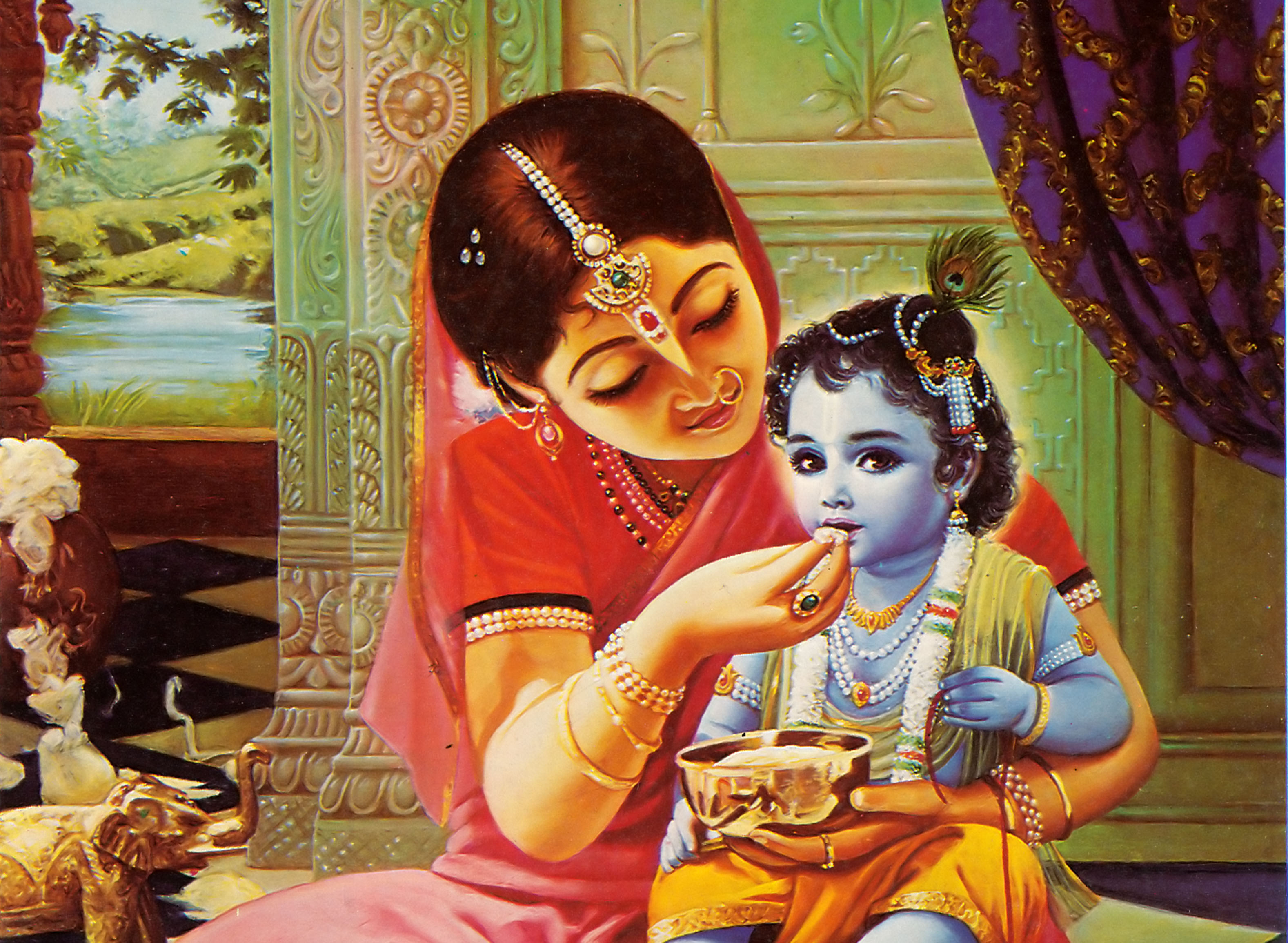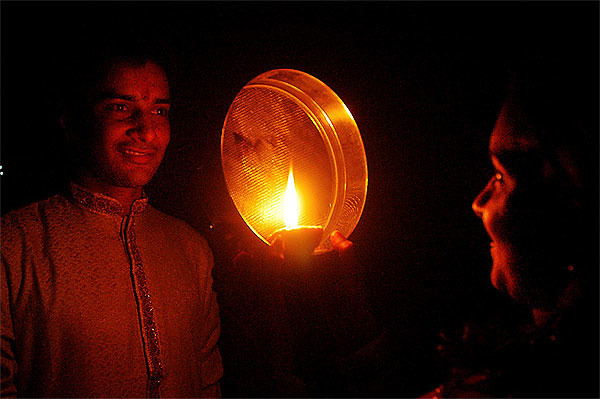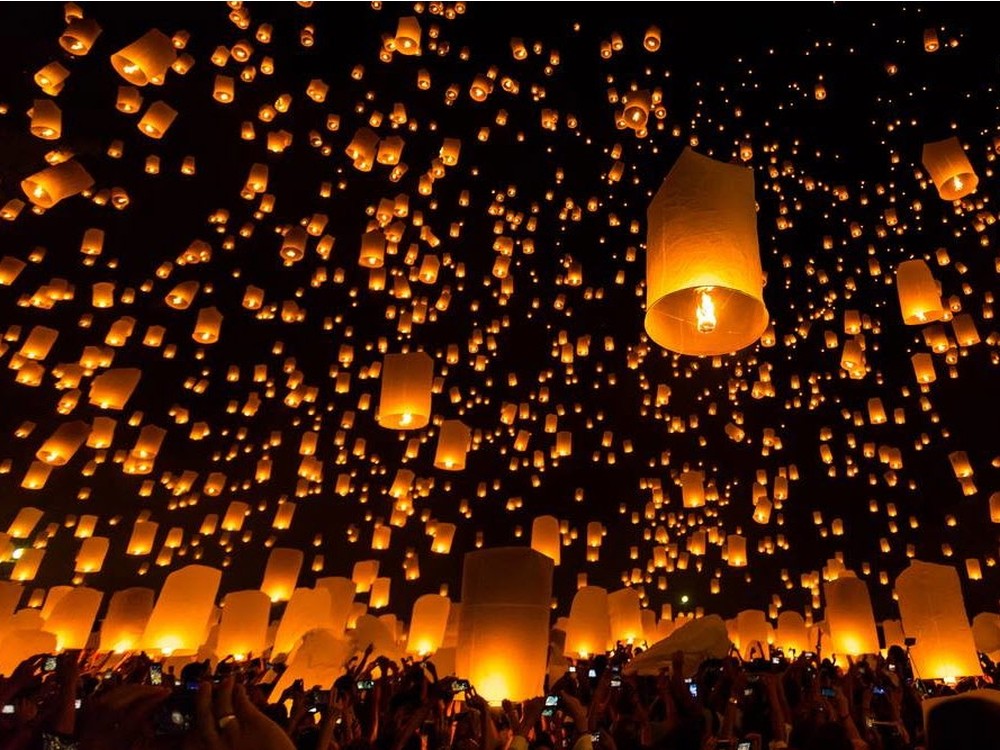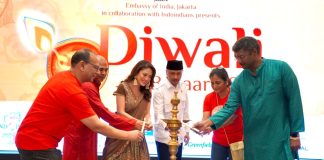Namakaran
Namakaran, or naming of the child, is the first real ceremony held for the newborn child. It is usually held on the twelfth day of the child’s birth, though, according to one convention, it can be held on any day after the tenth day, and before the first birthday.
The twelfth day is also when the child’s horoscope is formally drawn up.
The first ten days after birth are considered an ‘impure’ time for the mother and child. On the twelfth day, the mother and child are given a ritual bath. The mother swathes the baby in a piece of new cloth, applies kajal to its eyes, and makes a little beauty mark on the cheek.
The baby is then placed in the father’s lap to be blessed. The priest offers prayers to all the gods and to Agni, the god of fire and the purifying factor, the elements, and the spirits of the forefathers, and entreats them to bless and protect the child. He also places the sheet on which the child’s horoscope is written, in front of the image of the deity, for its blessings.
Then, the father leans towards the baby’s right ear, and whispers its chosen name. Usually, the father does not whisper directly into the child’s ear, but uses a betel leaf or its silver imprint, or a few leaves of kusa grass to direct the words to the child’s ear.
The Rig Veda prescribes the formula of giving a name with four components: the nakshatra name, the name of the deity of the month, the family deity’s name, and the popular name by which the child will generally be addressed.
This system, however, is rarely followed these days. The usual practice is to give one formal name and, if necessary, a short name by which the child will be called.
Some people coin a suitable name from a combination of the parents’ names. In certain communities, the first child is named after the paternal grandparent; in others, the first son is given the same name as the father. Sometimes, the baby is named after the nakshatra, or star, of its birth. The child could also be named after the family deity or guru.
After the naming ritual is over, friends and relatives who have come for the ceremony then bless the child and touch some honey or sugar to its lips. It is a moment of all-round happiness if the baby smacks its lips.Azaan
Azaan is the first call to prayer for Muslims. It is first given when a child is born.
After the child is given a bath, an elderly member of the family or neighbourhood, or the moulvi, is invited to recite the azaan. He recites the azaan in the child’s right ear and the Iqamat in the left ear.
The words of azaan are as follows:
Allahu Akbar (four times), Asyhadu allaa ilaaha illallah (twice), Asyhadu anna Muhammadun-rasulullah (twice), Hayya ‘alas-shalah (twice), Hayya ‘alal falaah (twice), Allahu Akbar (twice), Laa ilaaha illallah.
(God is the greatest. I avow that only God is adorable. I avow that only God is fit to be worshipped. I avow that Mohammed is God’s prophet. Come for prayer. Come to get goodness, come to get success. God is the greatest. Only God is fit to be worshipped.)
For the Iqamat, the words Qad qamatissalah are recited twice at the end, asking the person to stand up since prayer is about to begin.
The reason why the azaan is recited to the child is that as soon as he is born, the first thing he should hear is God’s name and the call for His worship.
At this time, a tiny bit of a date chewed by the elder of the family or community is placed in the child’s mouth, signifying the hope that the child would absorb the good qualities of the elder.
At the end of the recital of the azaan, sweets are distributed among those present at the occasion.
The custom of reciting azaan to a newborn child was started by Prophet Mohammed.
The azaan is also routinely given from mosques, as a general call for Muslims to assemble for prayer. |
OM : The Mool Mantra | OM |  | The Birth | | OM | The Sound | | OM | The Trinity | | OM | The Totality | | OM | The Eternity | | OM | The Infinity | | OM | The Truth | | OM | The Benediction | | OM | The Beauty | | OM | The Salvation |
|
- All aspects of speech are believed to have come forth from this word. Om is an evocation of the universal soul – The Brahman. OM is also pronounced as AUM.
- This mystic symbol is also the most powerful Hindu mantra . It is composed of five elements: the syllables a, u, m, the dot or bindu and sound (nada), and is revered as the representative of the gods. Om first appears in the Upanishads as a mystic monosyllable and is regarded as the seed or basis of all mantras.
- ‘A’ is the root sound produced without touching any part of the tongue or palate, ‘m’ represents the last sound in the series, being pronounced by closed lips. Between these two sounds exist all others. The three constituents of Om also represent the deities of the Trimurti : ‘a’ represents Brahma, the creator, who introduces the soul into the cycle of life; ‘u’ Vishnu, the sustainer, who helps the soul participate in the cycle of life; and ‘m’ Mahesh , the destroyer, who liberates the soul from the cycle of life . Hence it also represents creation, preservation and destruction.
- Meditation on this sacred syllable is said to satisfy every need and leads to liberation.It is also said that AAAH is the most natural sound that issues from the human larynx. This is evident when a man cries out naturally in extreme pain, anger or fear. When emotions reach an extreme pitch the articulate sounds evolved by man are not the ones that are heard, but the syllable natural to man which is AAAHÂ Â is quite familiar to OM . It occurs in every prayer. Invocation to most gods begin with this syllable. For instance we have Om Namaha Shivaya, Hari Om, Om Shanti etc.
|
|







